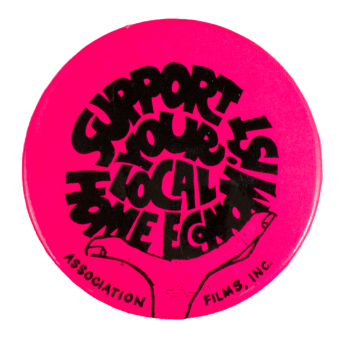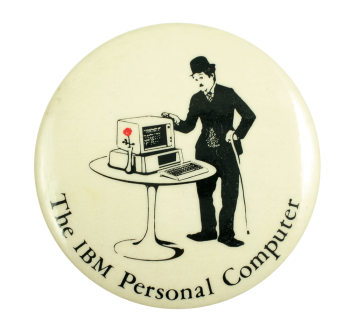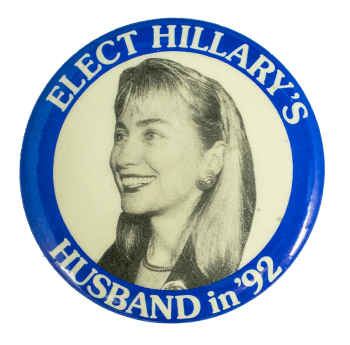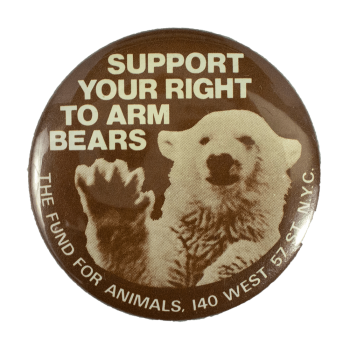What the Hell is Pixel 80
| Category | |
|---|---|
| Additional Images | |
| Sub Categories | |
| Text on Button | What the hell is Pixel 80? |
| Image Description | Black text on a white background. |
| Back Style | |
| The Shape | |
| The Size | |
| Year / Decade Made | |
| Additional Information | “What the hell is Pixel 80?” was a headline used by the Pixel Division of Instrumentation Laboratory Inc. to advertise their newest computer model, the Pixel 80. The Pixel 80 was an improvement over their previous model, the Pixel 100. The Pixel 80 featured the latest version of UNIX™ System III with Berkeley enhancements, upgraded to 16 terminals, 6Mb RAM, and housed 420Mb of 5.25 inch Winchester storage in the same box with the same power supply. Advertisements for the Pixel 80 were featured in Computerworld Magazine in July 1983. |
| Sources |
Instrumentation Laboratory. (1983, July). What the hell is Pixel 80? [Advertisement]. Computerworld, 17(30) 17. |
| Catalog ID | AD1140 |


















